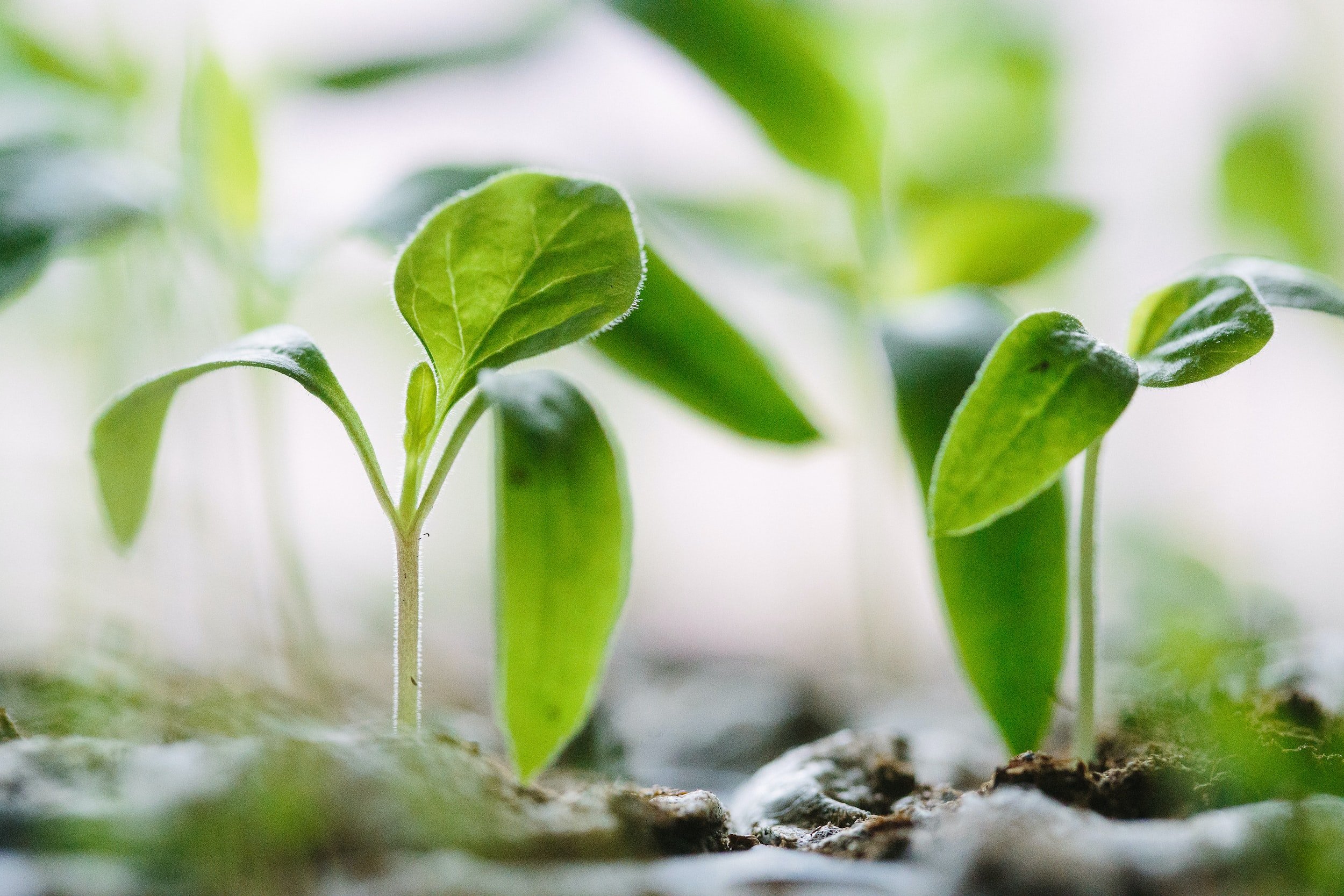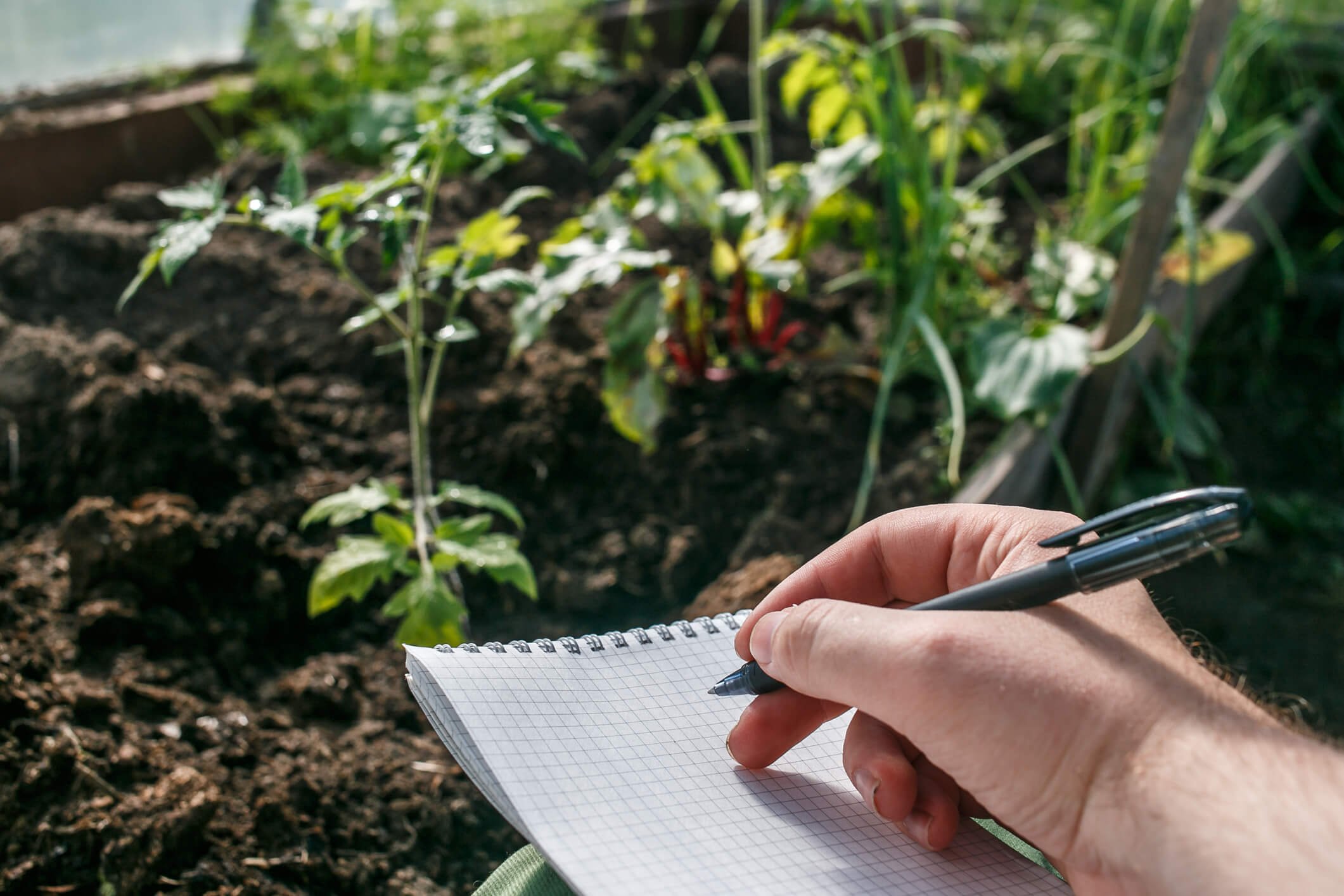Vegetable Gardening for Beginners
Discover > Grow Your Own Food > Vegetable Gardening for Beginners
Freshly grown and hand-picked from your own backyard? Nothing beats garden-fresh good food. These days, lots and lots of people are growing their own food. Preferences of knowing how your food is grown is becoming a matter that carries a value on how people select food for their families. Vegetable gardening at the comforts of your own home not only saves you money, gets you up close and personal with nature, but also guarantees you fresh, healthy grown produce.
Gardening may be intimidating if you have never grown anything before. There are several considerations to be made. Planning and preparing seem overwhelming. But growing a garden is something that anybody can do. With a little determination and the right attitude, you can start your very own vegetable garden and start enjoying the rewards of having one.
Here below are some beginner steps on how you can start your own vegetable garden.
Pick The Right Location
Water and light are two of the most crucial needs for every garden site. Lots of sunlight is a must, at least 6 to 8 hours each day. Most vegetables need full sun like tomatoes, squash, cucumbers, basil, dill (how long does dill last?), beans, and rosemary. There are some leafy ones that can tolerate some shade such as lettuce, kale, spinach, chives (how long do chives last?), cilantro, thyme and parsley. Root vegetables need at least 4 to 6 hours of direct sunlight like carrots, beets, or radishes.
It is also best to plot your garden near a water source. Watering frequently is a requirement during the first few weeks. This will help your plants during their germination or when seedlings are transplanted to help develop strong roots and stems. It is also essential to pick a spot where the soil is fertile, nutrient-rich and drains well. A spot where your plants are also safe from strong winds, and not too much foot traffic.
Garden Size - Start Small
You should start small as a beginner. A size of at least 6x6 feet would be ideal. If you choose to grow it in raised beds, a minimum of 4x4 feet is a decent starting point. You may also grow them in pots and containers if you don't have enough ground. All you need is a sunny balcony or terrace. This way it is easier to manage whatever changes or adjustments you might need to do.
It is also a good idea to learn the fundamentals of gardening in a limited space. This will help you learn, do trial and error within a small scale. This will save you a lot of time and money before investing in a bigger one. You can select 3 to 5 different varieties of simple vegetables to start with and around at least 3 to 5 pieces of each plant. Whatever the size of your garden, make sure you have paths that allow you to access the center to weed or harvest without stepping on the soil.
What To Plant
What does your family love to eat? Grow what you consume. It would be pointless to grow something that you will not eat. As a beginner, you might want to choose those that are easy to grow. Among the easiest vegetables to grow are the following: lettuce, green beans, tomatoes, squash, zucchini, peppers, radishes, carrots, spinach, kale, or peas.
You can choose to plant seeds (how long do seeds last?) or transplants. Transplants are generally baby vegetable plants or fully germinated seedlings. Each has its own advantages and disadvantages. Planting seeds offers greater variety to choose from and they are less expensive than transplants. Transplants allow you to harvest sooner. But transplants have limited variety offerings and cost more as compared to seeds. There are also some crops that do not transplant well, especially root crops like carrots, radishes and beets.
Choose varieties that are of high-quality. Pay close attention to package labels and instructions. Each variety comes with certain attributes, some offer better resistance to diseases, can tolerate heat or cold better, or improved yields. Take into consideration their care needs as well. It would also be best to consult with other local gardeners to find out which crops grow best in your area. Once you have decided what to plant, refer to a planting chart and growing zone designated to your region. You can print out the planting dates, frost dates, and hardiness zone guides. This will help you learn how to grow each variety.
Plan Your Layout
There are various layouts that you can do. There’s row cropping where plants are grown in rows with spaces in between. There’s square foot gardening which is a specialized type of intensive cropping which maximizes use of space and is an excellent way to grow a wide range of vegetables in a single plot. A more detailed article on beginner garden layouts can be found here: Beginner Garden Layouts
There are even online planning tools available where you can just input the vegetable variety and it will automatically calculate and show useful information. Data such as the proper spacing for each crop type, frost date information based on your location, seeding and harvesting dates, and even companion plants. Seed packets also contain information about light requirements, spread, space and height. Use this information to help you plan your layout.
Have a garden plan and keep a journal to document your plans, record details and information. Things like your layout, varieties planted, planting date, source of plants, weather conditions and soil temperature, fertilizers used, pesticides applied, amount and date of harvest and especially what worked and what failed. It will guide you in avoiding the same error in the future. Record keeping based on your own observations will best teach you about growing vegetables unique in the conditions of your own garden. It will reflect the successes and failures and will make it easy for you to identify what works best for you. This will help you achieve more successful gardening projects and replicate good results in the future.
Prepare The Soil
The soil is one of the important aspects that contributes to a successful harvest and a thriving garden. Get your soil ready by removing all the weeds, small debris like rocks, sticks from your planting bed. Rich, healthy soil that is dark, crumbly, loose and well-draining is best for growing vegetables. If you are not sure how to assess the soil, there are soil test kits available that can check the pH levels of your soil. This will help you determine if your soil needs more nutrients, organic matter, fertilizer or any other additives. You may also utilize raised beds if your soil is not of excellent quality. This will allow you to control the quality of the soil your vegetables will grow in and not depend on the ground in your backyard.
Organic matter is by far the most beneficial substance for improving soil fertility and structure. Organic matter such as compost, animal manure, cover crops, shredded leaves are sources of nitrogen and other nutrients that help plants grow strong and healthy.
Maintenance & Garden Care
Caring for your garden does not stop from the moment you sow the seeds. Your crops need continuous care and maintenance to ensure a bountiful harvest. Water newly planted seeds and transplant daily until established. Once matured, water less frequently or as needed. Water more during the hot months. The soil in your garden will help you determine whether your crops need watering or not. Also, avoid overwatering your plants. This is also harmful for them.
Add fertilizer only when needed. There are some crops such as corn and tomatoes with a long growing season that may need more nutrients in between the growing season. The best way to determine whether you need to add fertilizer to your soil is to do a soil test. Soil test kits are available for free or at a low cost from local cooperatives.
Weeds are another thing to keep an eye out for. Weeds are competition for your crops. They absorb light, water and nutrients as well. It is best to stop weeds the moment you spot them. Weeds can be removed by hand, cultivator, weed torch or hoe. Mulch is also one way to reduce weeds.
Big pests such as rabbits and deers can be fend off with a fence. There are also some flowering plants that you can grow in your vegetable garden that can help attract beneficial insects, aid in pollination as well as help deter pests and parasites.
Hot and cold weather can also do damage to your plants. Mulch can also be used to manage and maintain soil temperatures to protect the plants from extreme hot and cold weathers. Cold frames and frost cloth can help protect crops during freezing temperatures.
It is best to visit your garden everyday when you are just starting. Being able to identify the problem the moment it appears and acting on it before it spreads can greatly help your garden be in top shape.
Begin Slowly and Start Small
Gardening involves a lot of challenges. Understanding what it takes to keep your plants healthy and thriving is the key to facing more success with it. Anyone who is willing to invest time and effort will be able to grow a garden.
Begin slowly and start small, learn as you go along, and keep track of your progress. Don’t be discouraged of failures and don’t be afraid to try again. With practice, patience and perseverance your knowledge and skills will improve. And as you expand your garden, your confidence and expertise will grow along with them. So keep on growing.
*This is the fifty first in an ongoing series that teaches homesteading in Texas. This is not a sponsored post although it may contain affiliate links to recommended products and/or services
Go back to the previous article: Reduce, Reuse, Recycle on Homestead
Move forward to the next article: The Importance of Cultivating Homesteading Community
Don’t forget to check out our all in one guide for homesteading, farming and ranching in Texas.









